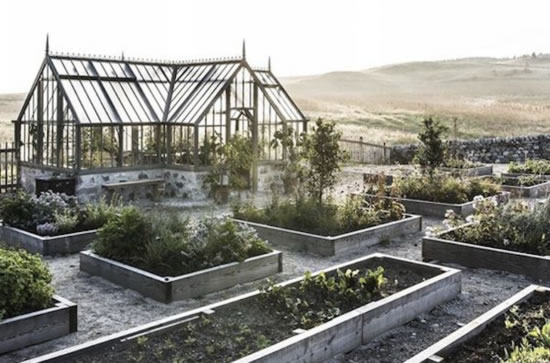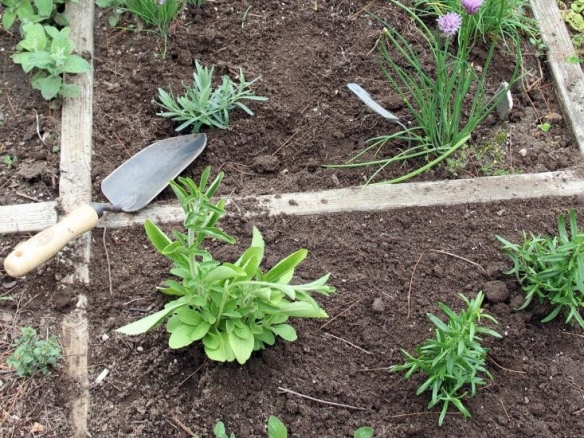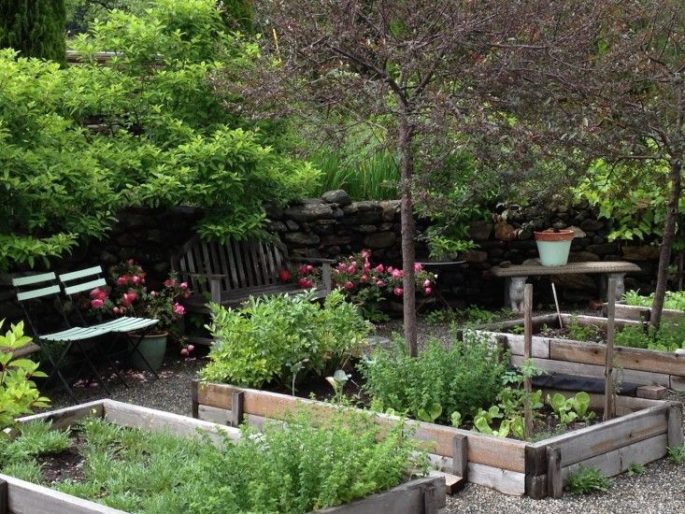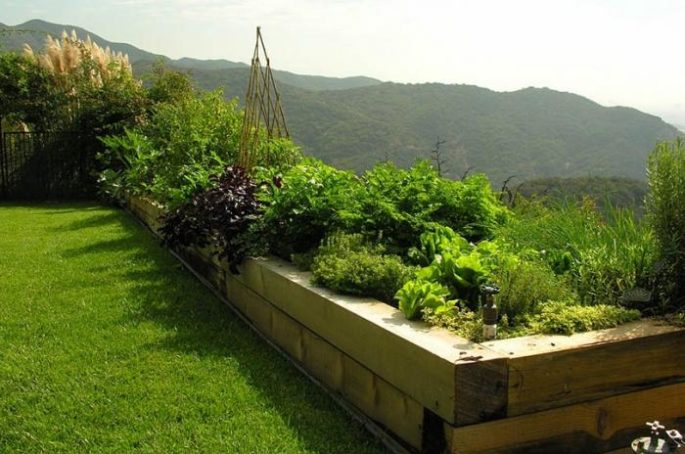With a small budget, can you still start a garden? Most of us spend so much money on a house when we move in, that we have limited funds left over for the garden. Landscaping and plants are often not something we even budget for. We are soon surprised by the cost of designing the outdoor area.
Landscape designers can be expensive – quotes to clean up and fill out a small garden in the front of a home can be around the $5000-mark. So garden makeover dreams can quickly morph into DIY planting projects. Shopping trips for plants at your local community gardening centre’s annual sale can also be a shock, says popular US blog Gardenista in a report on the subject, this month.
The author, walked away from the sale $150 dollars poorer with only 10 plants. Add in store-bought gardening soil, compost, and mulch, and the costs are not insignificant. It doesn’t have to be this way.
It is totally possible—with equal parts patience, preparation, and ingenuity—to create a flower or vegetable garden from scratch for practically nothing. Here are 10 ways to garden without breaking the bank.
LOOK FOR PLANT SWAPS
Many communities hold plant swaps, low-key events where plant lovers meet to trade specimens. It’s a great way to swap a plant you’re less than thrilled with for one that you love—all for free. Another way to find free plants is to log on to your neighborhood or town’s online forum for local gardening enthusiasts; Become a member of a Facebook group for amateur gardeners in your area town and you’ll regularly see posts from people looking to give away healthy plants and cuttings (often after a garden cleanup or overhaul). Many times, all you have to do is dig them up and they’re yours.
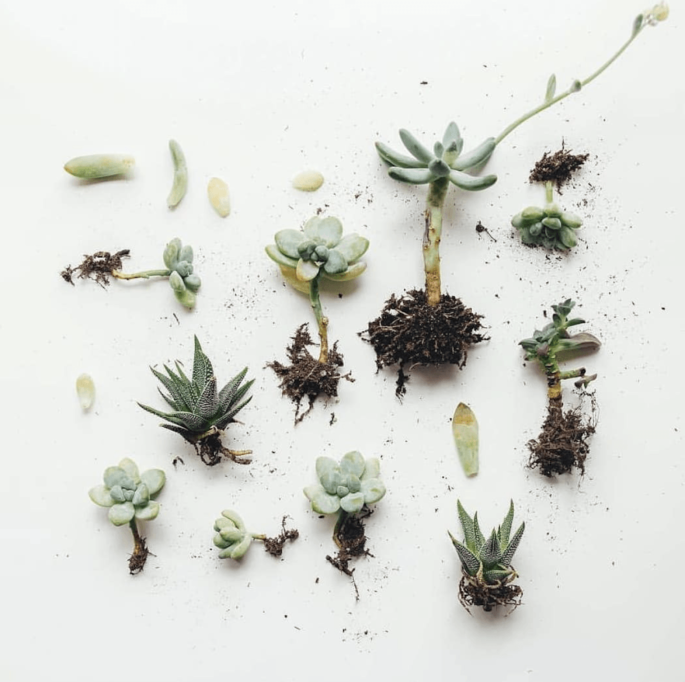
Get cuttings from friends – the good news is, most plants can be propagated from cuttings. Image via Gardenista.com
SHOP FOR PLANTS OFF-SEASON
The best time to get a deal on plants? Autumn. Most nurseries have big plant sales in the fall, with markdowns of 50 percent or more. This is also one of the best times of year to plant—the soil is still warm enough to allow root systems to establish and cooler temperatures reduce the need to water.
START FROM SEEDS
A packet of 100 seeds can cost as little as $2; seedlings, meanwhile, often cost $4 each or more. And it isn’t terribly hard to start seeds indoors (then transplant them outdoors), nor is it expensive. In fact, you can make pots for seedlings at no cost at all out of either newsprint or eggshell halves.
Because they are biodegradable, eggshells make excellent, no-waste seed starters.
SAVE SEEDS
If you love a flower or vegetable in a friend’s garden, or you want to grow more of a plant you already have consider saving its seeds for the next growing season. Simply wait for the flower or fruit to set seed, then when the plant begins to dry and wither, collect the seeds.
Growing from seeds is a great idea for most flowers and vegetables
GET CUTTINGS FROM FRIENDS
Growing from seeds is a great idea for most flowers and vegetables, but it’s harder to do when it comes to other plants, like, say a shrub or a tree. Fortunately, most perennials can be propagated from cuttings. It’s an age-old way to share plants. Take wisteria, for instance. “In the early 1800s, collectors imported seed from China and Japan to the US and Britain. However, plants grown from the seed produced disappointing flowers. When plant collectors later brought home cuttings made from layering or grafting, the plant thrived and bloomed abundantly like its predecessors in Asia,” wrote Gardenista contributor Jeanne Rostaing.
BUILD RAISED BEDS FROM FOUND MATERIALS
You can certainly keep it simple and buy a raised bed kit, but you don’t necessarily need to spend much, if any, money to build one. Basically, any large vessel will do; you can build one from pallets or just repurpose a whole bunch of containers (think troughs) for a container garden.
MAKE YOUR OWN SOIL COMPOST
Yes, it takes up to six months for a compost pile to really “cook,” but the effort is worth it. It’s chemical-free and free-free. Another way to amend your soil without resorting to store-bought fertilizer: When planting, add crushed eggshells and coffee grounds to the bottom of the hole for a shot of calcium and nitrogen, both of which are essential to plant health.
SOURCE FREE MULCH
Ask local tree-cutting companies if they give away free wood chips for mulch. Many do. Or call your local council and see if they offer free mulch or compost. You’ll just have to transport it home, so be prepared to take plenty of containers or bags. An easier way to score free mulch? Look around your property. Pine needles and chopped-up leaves work well as mulch.
USE A RAIN BARREL
According to the Environmental Protection Agency, lawn and gardening watering sucks up 40 percent of a household’s water usage during the summer months. You can put a serious dent in that by installing a rain barrel to collect rainwater for use in your garden.
DESIGN IT YOURSELF
Hiring a garden or landscape designer is a huge expense. If you have decent plant knowledge, gardening experience, and a good sense of how you want your garden to look, consider a design software program that even non-professionals can use.

